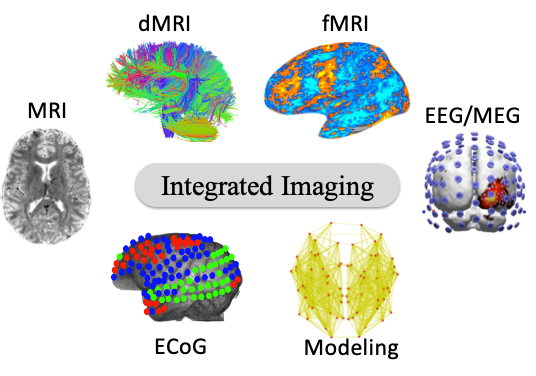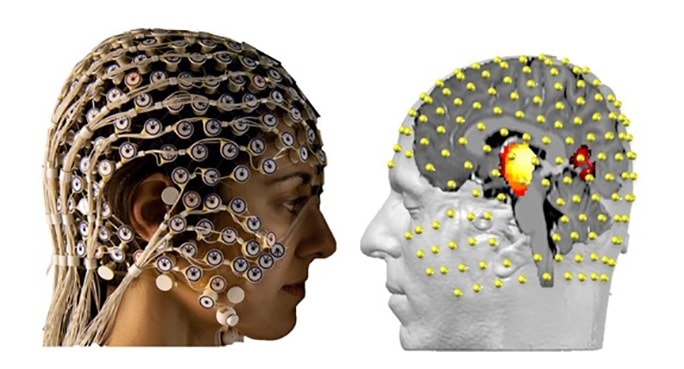
This cookie is set by LinkedIn and is used for tracking. This is used to present users with ads that are relevant to them according to the user profile. This cookie is set by Google DoubleClick and stores information about how the user uses the website and any other advertisement before visiting the website. This cookie is a browser ID cookie set by LinkedIn share Buttons and ad tags.

This cookie is set by Advanced Ads and sets the referrer URL.
Eeg imaging pro#
It is used by cache busting in Advanced Ads Pro when the appropriate visitor conditions are used. This cookie is set by Advanced Ads and sets geo-location, user role and user capabilities. This cookie is set by Advanced Ads and measures the number of previous page impressions.

This cookie is set by Advanced Ads and measures the browser width. This session cookie is served by our membership/subscription system and controls whether you are able to see content which is only available to logged in users.Īdvertising and targeting cookies help us provide our visitors with relevant ads and marketing campaigns. The cookie is set by the GDPR Cookie Consent plugin and is used to store whether or not user has consented to the use of cookies.
Eeg imaging windows#
The cookie is a session cookies and is deleted when all the browser windows are closed. The cookie is used to store and identify a users' unique session ID for the purpose of managing user session on the website. This cookie is native to PHP applications. The cookie is used to remember the user consent for the cookies under the category "Performance". This cookie is set by GDPR Cookie Consent WordPress Plugin. The cookie is used to store the user consent for the cookies in the category "Necessary". This cookie is set by GDPR Cookie Consent plugin. The cookie is used to remember the user consent for the cookies under the category "Analytics". The cookie is set by GDPR cookie consent to record the user consent for the cookies in the category "Advertising & Targeting". You may disable these by changing your browser settings, but this may affect how the website functions.Ĭookielawinfo-checkbox-advertising-targeting These cookies do not store any personal information. Necessary cookies enable the core functionality of the website, including security, network management and accessibility. The study was reported in Science Advances.

The team have filed for a patent, and plan to refine the electrode microarray further. “What’s remarkable is that by simple nanomeshing, we show that conventional electrode materials can be made transparent, while not compromising electrode performance,” said Dr Fang.Īs microelectrode arrays are soft, flexible and more biocompactible, they can be safely implanted into the brain, and remain there for longer periods. The researchers used conventional electrode material and modified it using nanotechnology, making a fine, two-layered mesh.

Transparent microelectrodes have been developed previously from graphene and other matierials, but have not performed well. Or we can see how particular cell populations are impacted by abnormal electrical signaling.” “In Rett syndrome, for example, we can know which specific groups of neurons are generating the abnormal EEG signals we’ve been observing. “This allows us to do experiments that were not possible before,” said Dr Fagiolini. The researchers mention that optogenetics experiments can also be performed in conjunction with EEG using this device. This means light is able to pass through the array, enabling neuroimaging at the same time as recording the EEG signals. The nanotechnologies used allowed conventional electrode materials used to be made transparent. The method was developed so the electrodes could be placed a few micrometres apart, in contrast to them currently being placed a few millimetres apart. The new microarray was designed to be placed on the brain.


 0 kommentar(er)
0 kommentar(er)
